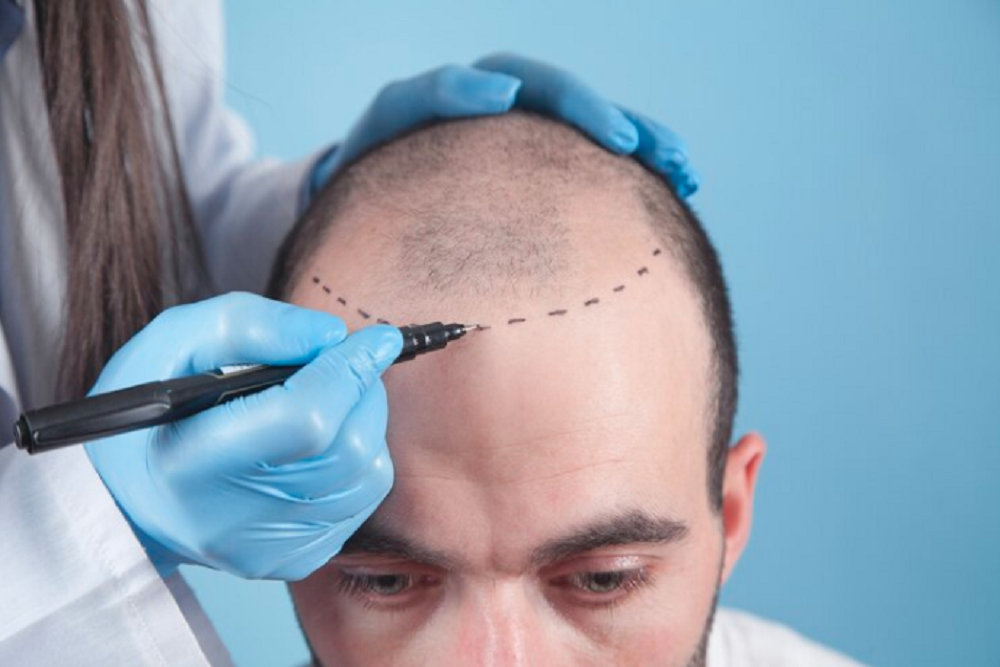
The essence of successful hair transplantation lies in the finesse of recipient site design and slit creation, pivotal elements that shape the aesthetics of the final result.
The Slit design technique aims to achieve:
a. Optimal Coverage and Density
b. Minimization of Vascular Damage
c. Prevention of Minimal Pop-out
Two primary methods of implantation are employed:
- Employing forceps with slit creation or
- Using implanters
Various methods exist for creating slits, with commonly used instruments including needles and blades for single or multi-slit creation. The orientation can be lateral or sagittal, and the angle and depth of the slit itself may vary.
The deep plexus comprises substantial vessels supplying a correspondingly large area of the skin. Any damage here can lead to ischemia and necrosis, significantly impacting the overall outcome. Therefore, it is imperative during slit creation not to penetrate too deep, ensuring the deep plexus remains unharmed.
The ideal depth of the slit should be slightly shorter than that of the graft. Excessively deep slits can result in graft burial, leading to folliculitis, while overly superficial slits can cause popping out and cobblestoning.
Various instruments are utilized for slit creation, including Needles, Rectangular Blades, Conical Blades, and Semi-Conical Blades.
The Angle of the Slit
The angle at which the slit is made is a critical factor. A more acute angle of entry reduces the depth of penetration for the same length of slit, minimizing the chance of deep vascular injury. Therefore, a vertical angle should be avoided, and the angle should be made as acute as possible, resembling the natural exit of hairs at angles ranging from 15 to 60 degrees.
Slit Orientation
To achieve the most natural appearance and seamless blending with grafted residual hair, the angle and direction of grafted hair should closely match the residual hair. Coronal slits offer precise and consistent control of hair angle and direction, surpassing sagittal slits in this regard.
In Conclusion
An ideal slit facilitates easy implantation at an optimum depth, minimizing pop-out and causing minimal vascular damage at an optimal density.
The slit technique that inflicts minimal vascular damage encompasses the following strategies:
- Utilizing semi-conical blades to reduce dermal and vascular plexus damage compared to rectangular blades and needles due to lower depth of penetration.
- Employing an acute angle to reduce depth of penetration and minimize damage to the deep plexus.
- Using smaller blades for creating desired size slits in sagittal slit making.
- Opting for coronal slits, which result in lesser vascular damage than sagittal slits, irrespective of using a single knife or multiple knives.
- In embracing these principles, we ensure a meticulous and refined approach to recipient area slit design, paving the way for successful and aesthetically pleasing hair transplants.





